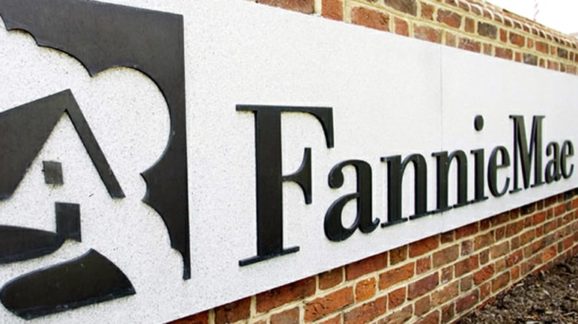A Decade after the Financial Crisis, the Government Fuels Another Housing Bubble
Ten years ago this month marks the anniversary of one of the most dramatic events of the 2008 financial crisis: the collapse of Lehman Brothers, the fourth-largest investment bank in the United States. While the spectacular failures of Wall Street firms grabs most of our attention, it is important to remember that it was the meltdown of the U.S. residential mortgage market that precluded the failure of the investment banks.
That enormous housing bubble was, in turn, fueled not by an unregulated free-market, but by the federal government’s audacious housing policies. What may surprise many Americans is that even a decade after the financial crisis, these same policies remain ever-present – and they appear to be contributing to another house price boom.
Beginning in the early 1990s, both Congress and the Clinton administration sought to dramatically expand home ownership for the underserved. To achieve this, the government forced two government-sponsored entities, Fannie Mae and Freddie Mac, to meet risky affordable housing goals. Fannie and Freddie were required to purchase a certain percentage of loans each year that had been made to low-income or otherwise underserved borrowers. Fannie and Freddie initially had a modest 30 percent quota of low-to-moderate income loans to purchase, but that was continually raised over the years, eventually topping 56 percent by 2008.
In order to meet these bold goals, the GSEs had to dive deeper and deeper into the subprime mortgage market. They would accept loans made to borrowers with little or no documentation, increasingly poor credit, dangerously low down-payments, and high levels of debt compared to income – lowering underwriting standards across the mortgage market. The result was that by mid-2008, 57 percent of the 55 million mortgages in the financial system were either subprime or otherwise of low quality, with the government backing 76 percent of them. When the housing market turned sour, Fannie and Freddie were riddled with toxic mortgages and were taken over by the government to prevent their collapse.
One would think that such a stunning failure would force the government to wind down the GSEs. Yet ten years after the crisis, not only did Congress fail to act on Fannie and Freddie, but the two are actually backing even more of the mortgage market than before. Taxpayers continue to back up to 90 percent of newly written mortgages and as much mortgage debt today as they did during the crisis.
The slight reforms that the government did impose on the mortgage market have been a disappointment. The Bureau of Consumer Financial Protection, an astonishingly powerful agency established after the financial crisis, was meant to define minimum standards in mortgages, such as debt-to-income ratios, in order to ensure mortgage quality. But the bureau failed to do so.
Finalizing its “Qualified Mortgage rule” in 2013, the bureau’s rule included an exemption, known as “the patch,” for loans that the GSEs could purchase. That has meant that the government housing agencies can continue promoting excessive borrower leverage, with dangerously low down-payments and credit worthiness and high debt-to-income ratios. As Edward Pinto of the American Enterprise Institute described it, “a loan that would have been considered a subprime loan before the financial crisis… will now be marketed as prime if it is declared eligible for purchase by Fannie or Freddie” under the QM rule.
The result is that the same policies that caused the last housing bubble are even further entrenched than before. And housing prices are again rising rapidly. Since 2012, the housing market has been on a six-year boom, with housing prices higher today than they were before the crisis, rising faster than any time since 2005. Measures of risk in the mortgage market, such as AEI’s National Mortgage Risk Index, have been growing over the years as the government housing agencies loosen their underwriting standards.
But housing booms cannot go on forever. And when house prices begin to fall, it is imperative that mortgages are able to withstand deteriorating economic conditions. If they cannot, there is a greater chance of mass-defaults and a broader housing collapse, exposing taxpayers to trillions of dollars in liabilities.
Clearly, neither Congress nor the federal regulators learned the lessons of the last housing bust. In order to prevent a similar collapse, Congress must act to wind down the government dominated mortgage system and replace it with one backed by private capital, through legislation such as the Protecting American Taxpayers and Homeowners Act. While winding down the GSEs, Congress should respect the property rights of GSE shareholders by offering them some form of compensation. If the government housing agencies are to continue to exist, then regulators such as the Bureau of Consumer Financial Protection should at minimum require the GSEs to adopt sound underwriting standards through revising the Qualified Mortgage rule.
Originally published at the Washington Examiner.

